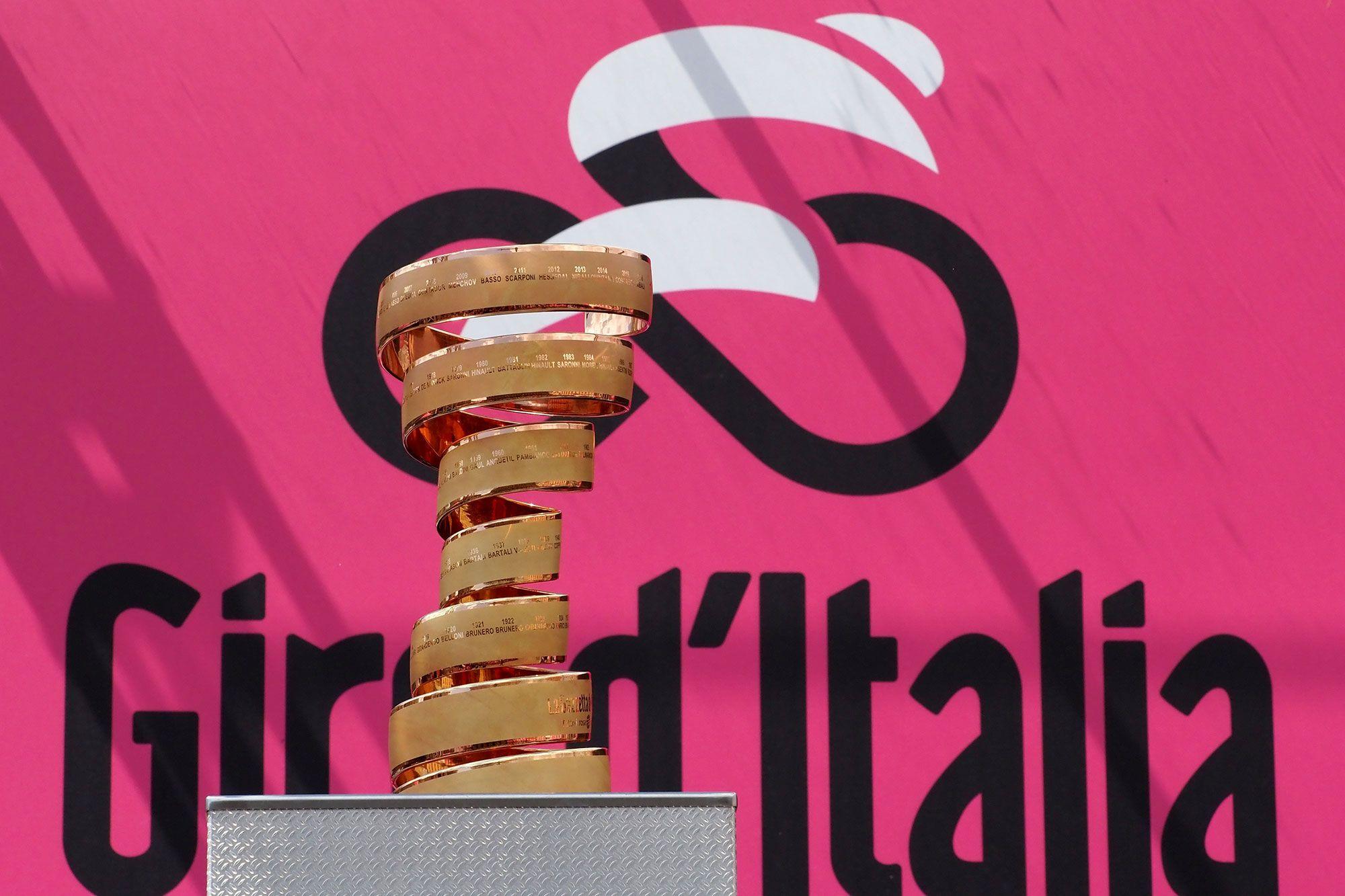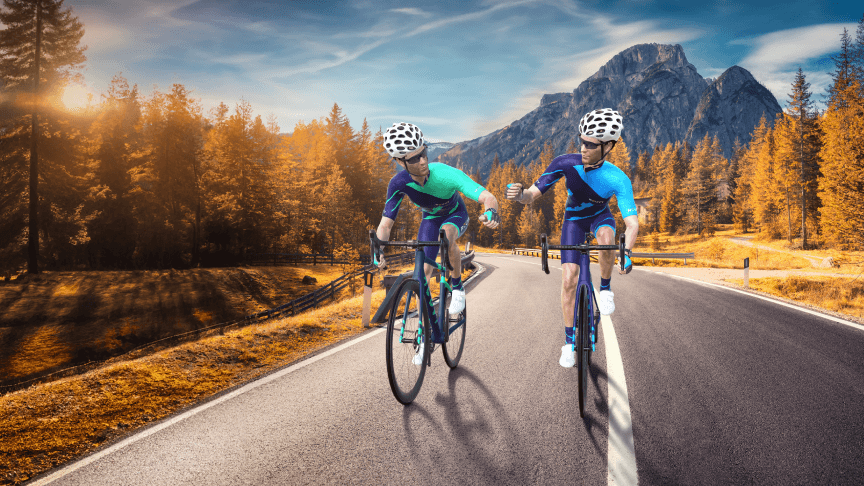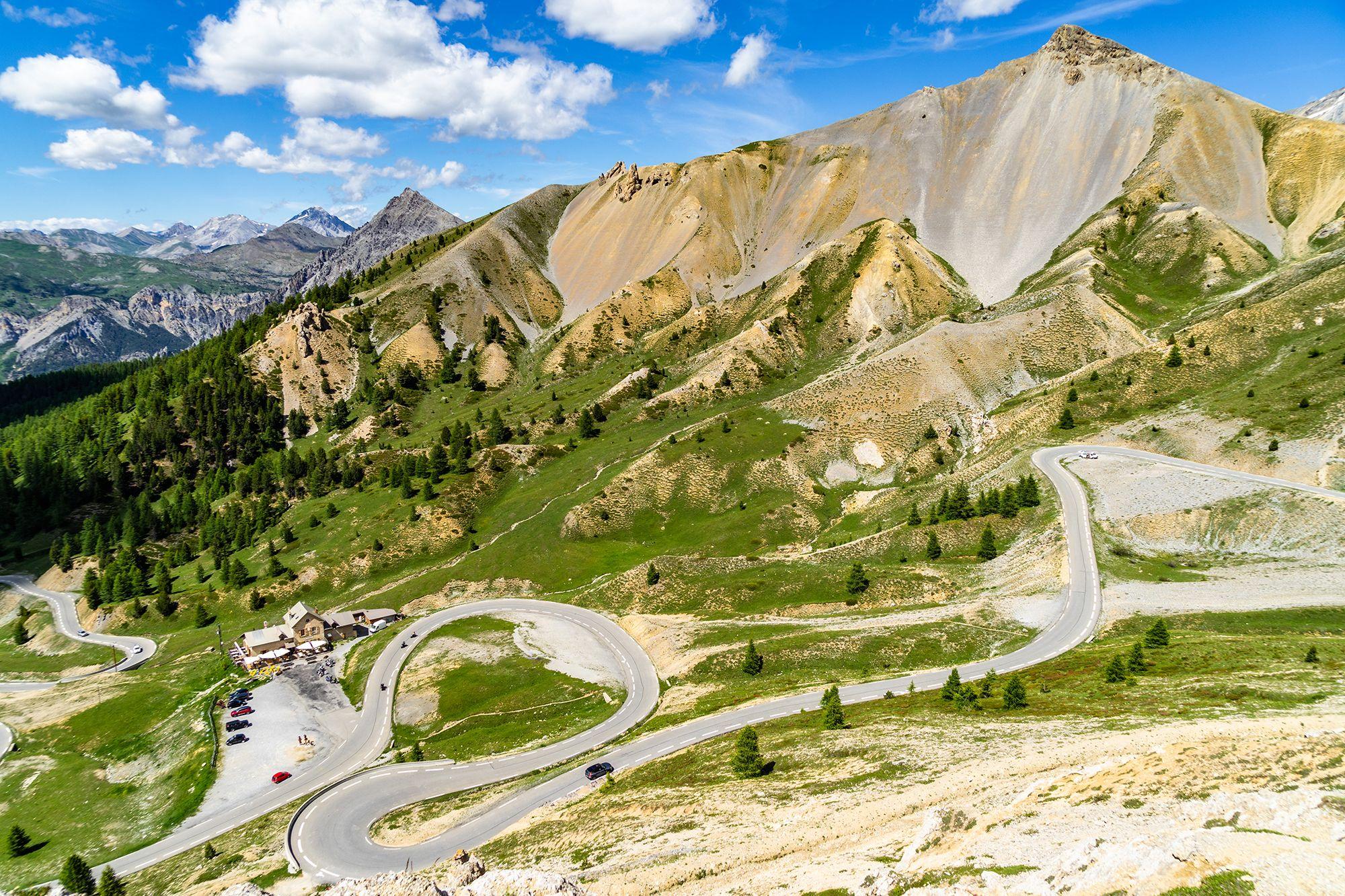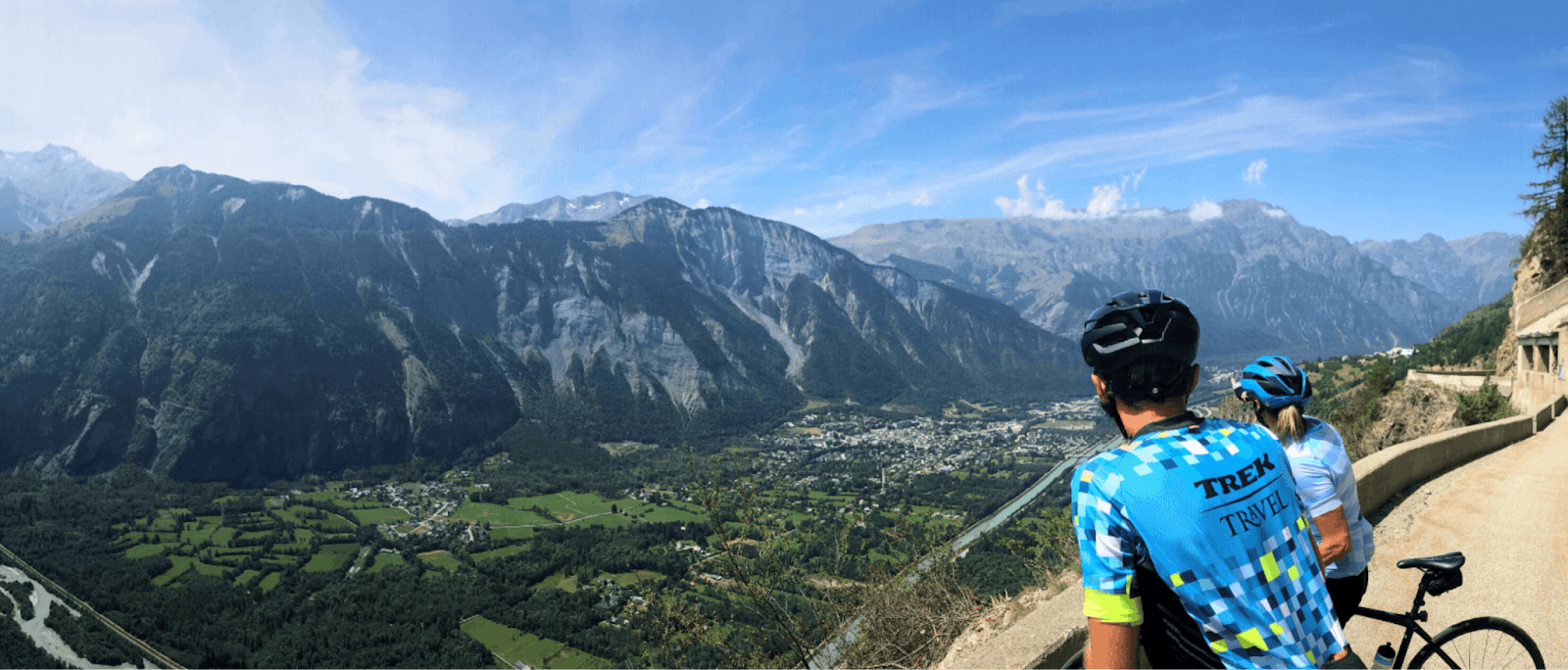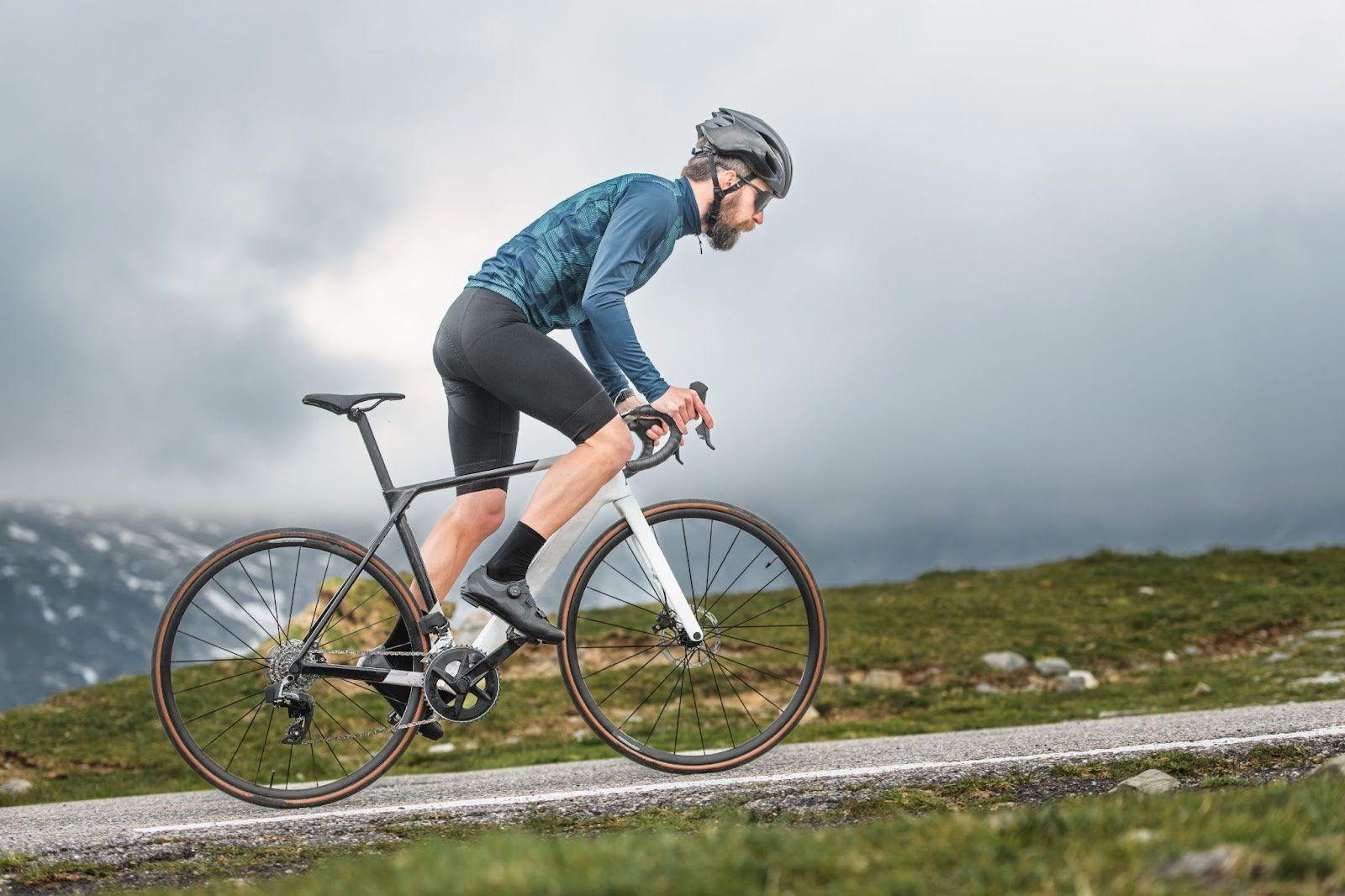What is the Giro?
The Giro d'Italia is a highly anticipated cycling event every year in May. The Giro features the world's best cycling professionals battling it out to win the prestigious and coveted pink jersey or Maglia Rosso and the beautiful spiral gold trophy. This year's 107th edition will have its Grande Partenza (the start) for the fourth time in its history and kick off from Turin, Piedmont. The duration is over three weeks on various challenging route profiles, 21 stages, two much-needed rest days and a total distance of over 3,000 km.
This year's edition will begin on Saturday, May 4th, in Turin and end on Sunday, May 26th, in Rome. The race promises to be exciting, with two challenging summit finishes scheduled during the first week of competition. However, most uphill action will occur in the final week, with several brutal stages in the high mountains, making for a thrilling conclusion to the event! Cycling enthusiasts worldwide eagerly anticipate the start of the Giro d'Italia and the incredible displays of athleticism and endurance that will be on show throughout the race.
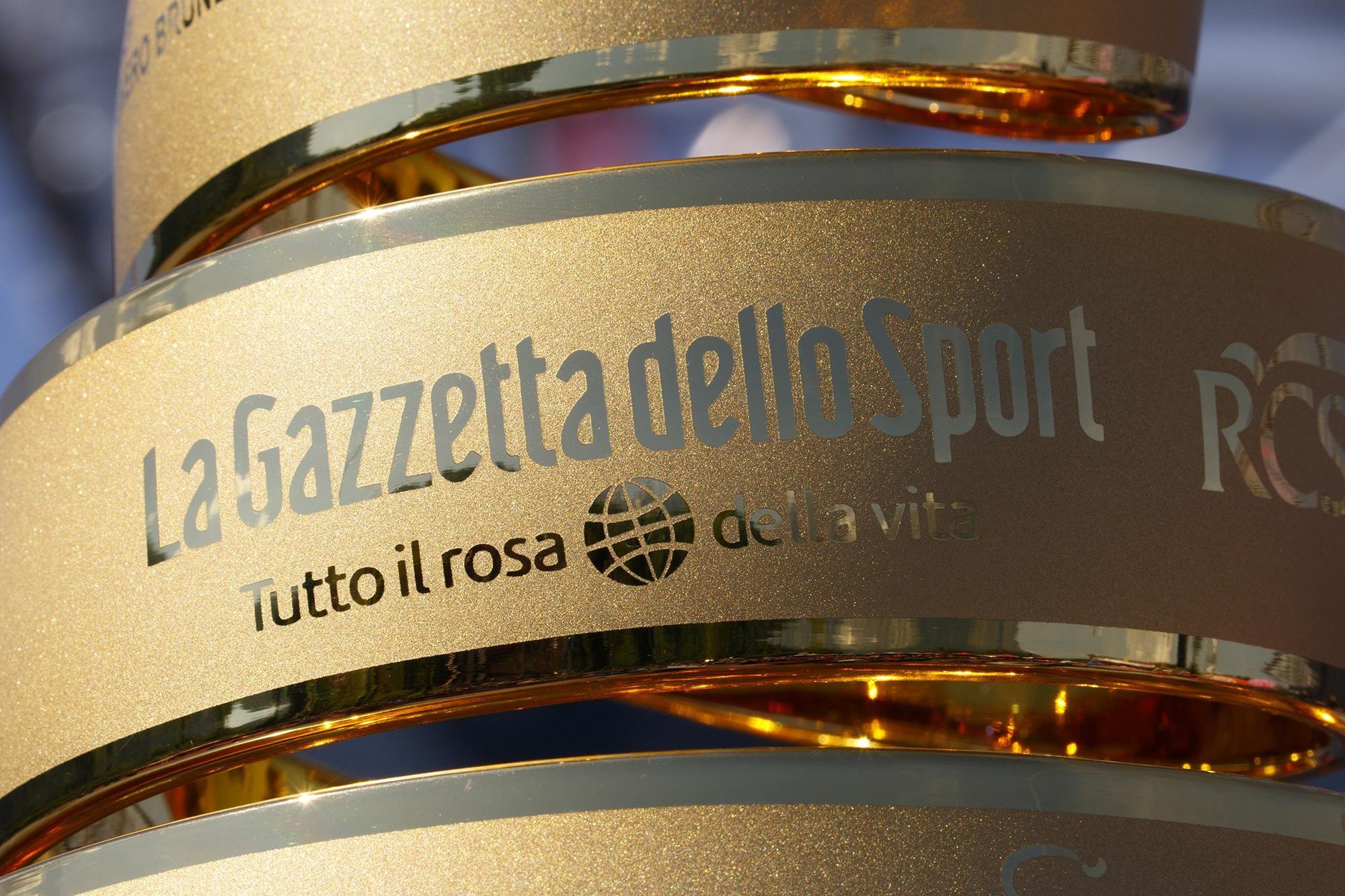
When did the Giro d’Italia begin?
The Giro d'Italia originated from a small daily Italian newspaper called La Gazzetta dello Sport, which covered news of various sports at the time. The Giro d'Italia's inaugural race, on May 13th 1909, was an attempt to help increase newspaper sales, which it did. The reason that the race's primary theme colour is pink is because of La Gazzetta's newspaper colour - pink. Today, RCS Sport runs the event, whose parent company, RCS Mediagroup, also owns the newspaper, which has over 3,6 million readers and remains the country's most popular paper.
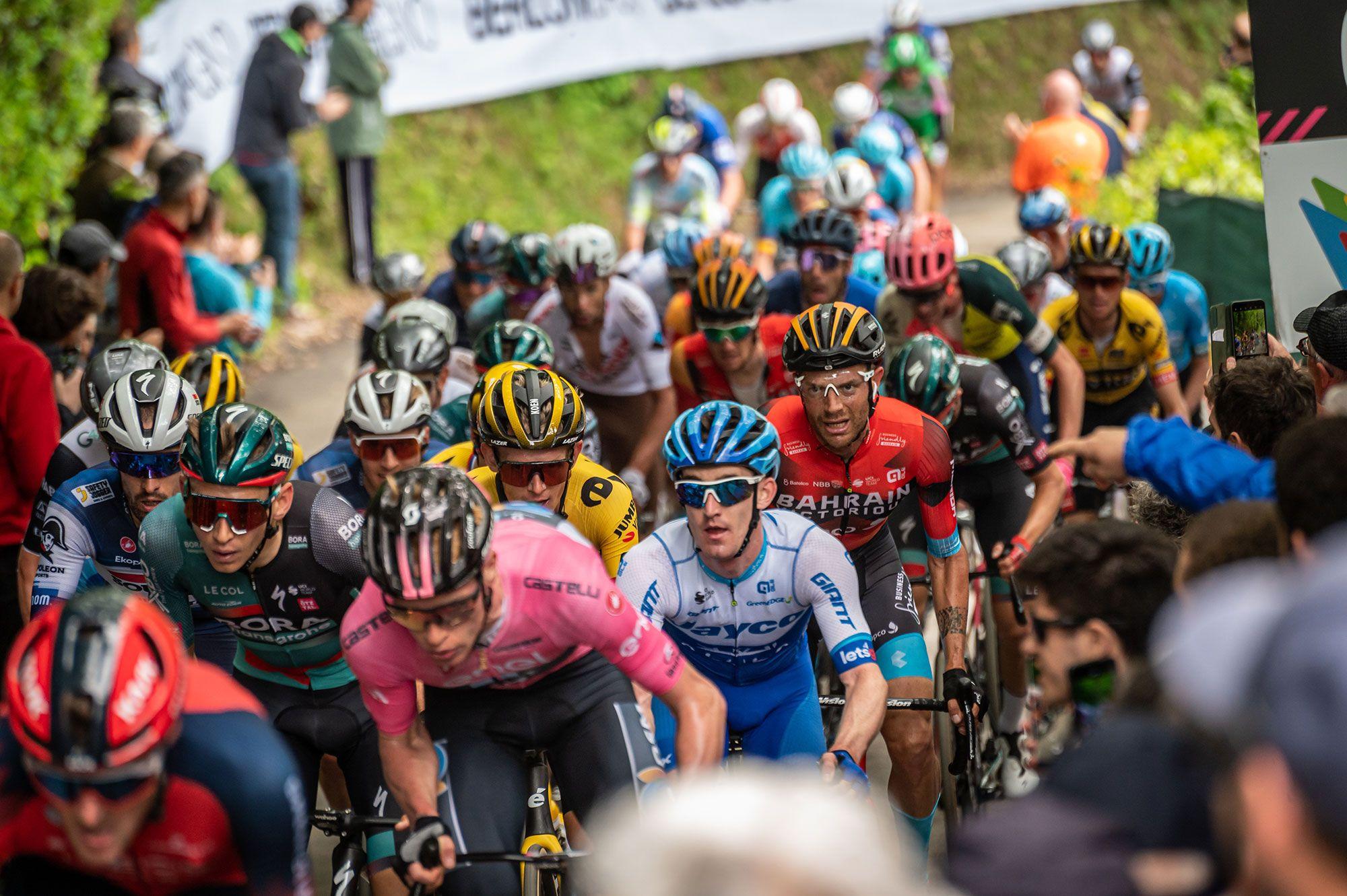
The Giro legendary Hall of Fame
Over the years, only 22 riders have won the race more than once. Three riders, Alfredo Binda, Fausto Coppi, and Eddy Merckx, all won the coveted prize and the record win of five times and no pro in recent history has come close to beating their five impressive victories. The footage will give you a great sense of what the atmosphere was like at the Giro at that time in history.
In recent years, only Alberto Contador and Vincenzo Nibali have won the Giro more than once, and both are now retired. Almost all the winners below were all at the time in their early twenties.
● Five wins: Alfredo Binda, Fausto Coppi and Eddy Merckx
● Three wins: Giovanni Brunero, Fiorenzo Magno, Felice Gimondi, Bernard Hinault
● Two wins: Carlo Galetti, Costante Girardengo, Giovanni Valetti, Charly Gaul, Franco Balmamion, Jacques Anquetil, Giuseppe Saronni, Miguel Indurain, Ivan Gotti, Gilberto Simoni, Paolo Savoldelli, Ivan Basso, Alberto Contador, Vincenzo Nibali
The flamboyant Mario Cipollini won the most stages in the Giro with 42 wins. No one has come close to challenging this record, with Eddy Merckx holding second place with 24 stage wins, Francesco Moser with 23, and Alessandro Petacchi and Roger De Vlaeminck both with 22. Throughout the history of the Giro, Merckx holds the title for the rider to have worn the pink jersey the most, wearing it on 77 occasions.
Below are the recent winners:
- 2023: Primož Roglič (Jumbo-Visma, then, now Bora-Hansgrohe)
- 2022: Jai Hindley (Bora-Hansgrohe)
- 2021: Egan Bernal (Ineos Grenadiers)
- 2020: Tao Geoghegan Hart (Ineos Grenadiers)
- 2019: Richard Carapaz (Movistar)
- 2018: Chris Froome (Team Sky)
- 2017: Tom Dumoulin (Team Sunweb)
- 2016: Vincenzo Nibali (Astana)
- 2015: Alberto Contador (Tinkoff-Saxo)
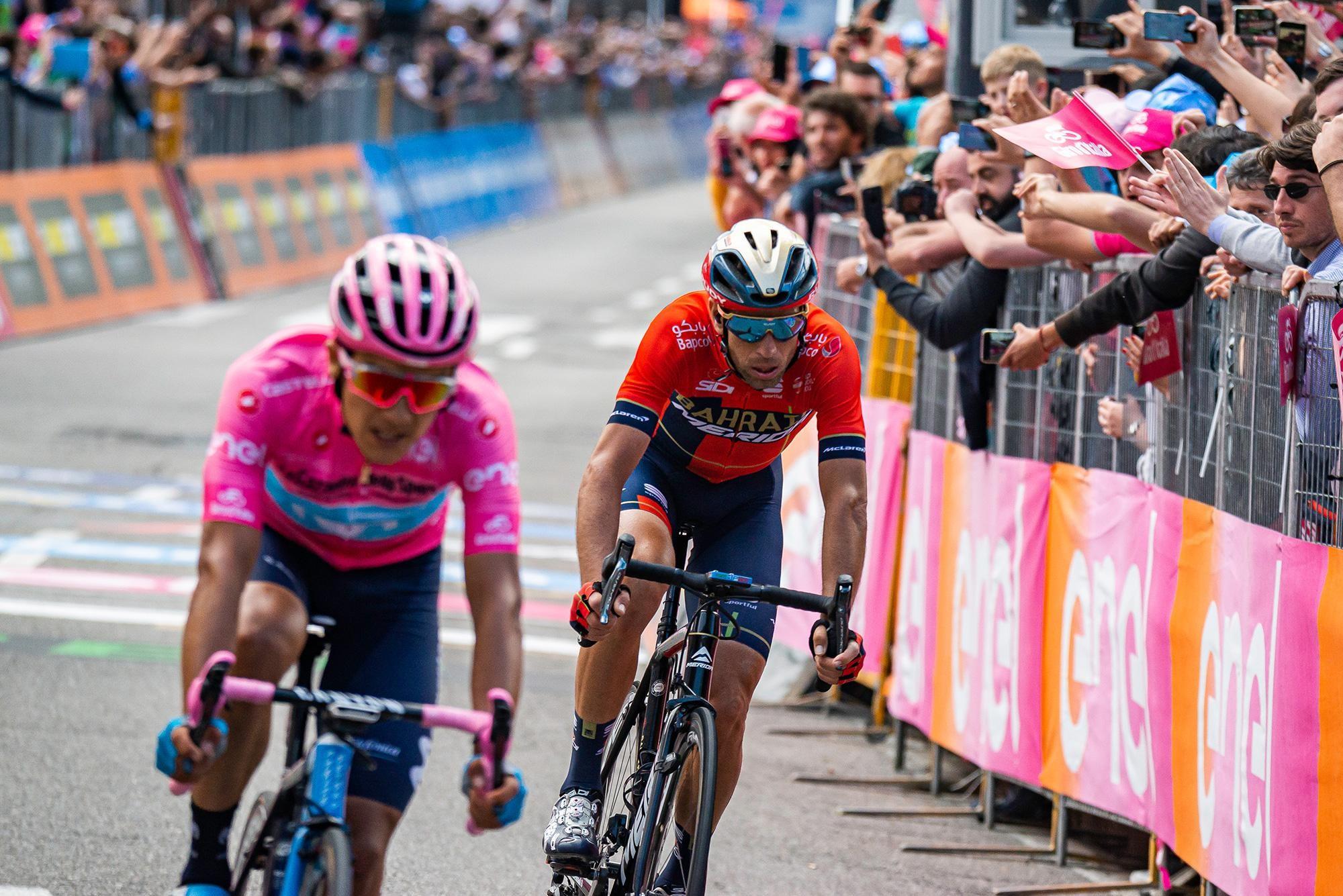
Did you know?
● In 1924, an Italian woman, Alfonsina Strada, took part. She was the only woman to have ridden the men's race and this was to demonstrate what women were capable of achieving. (Good for her!)
● Throughout the Giro's century-old history, there were nine years where the Giro d'Italia did not take place, and that was during the two world wars.
● Today, the Giro d'Italia broadcasts to over 800 million people in 174 countries.
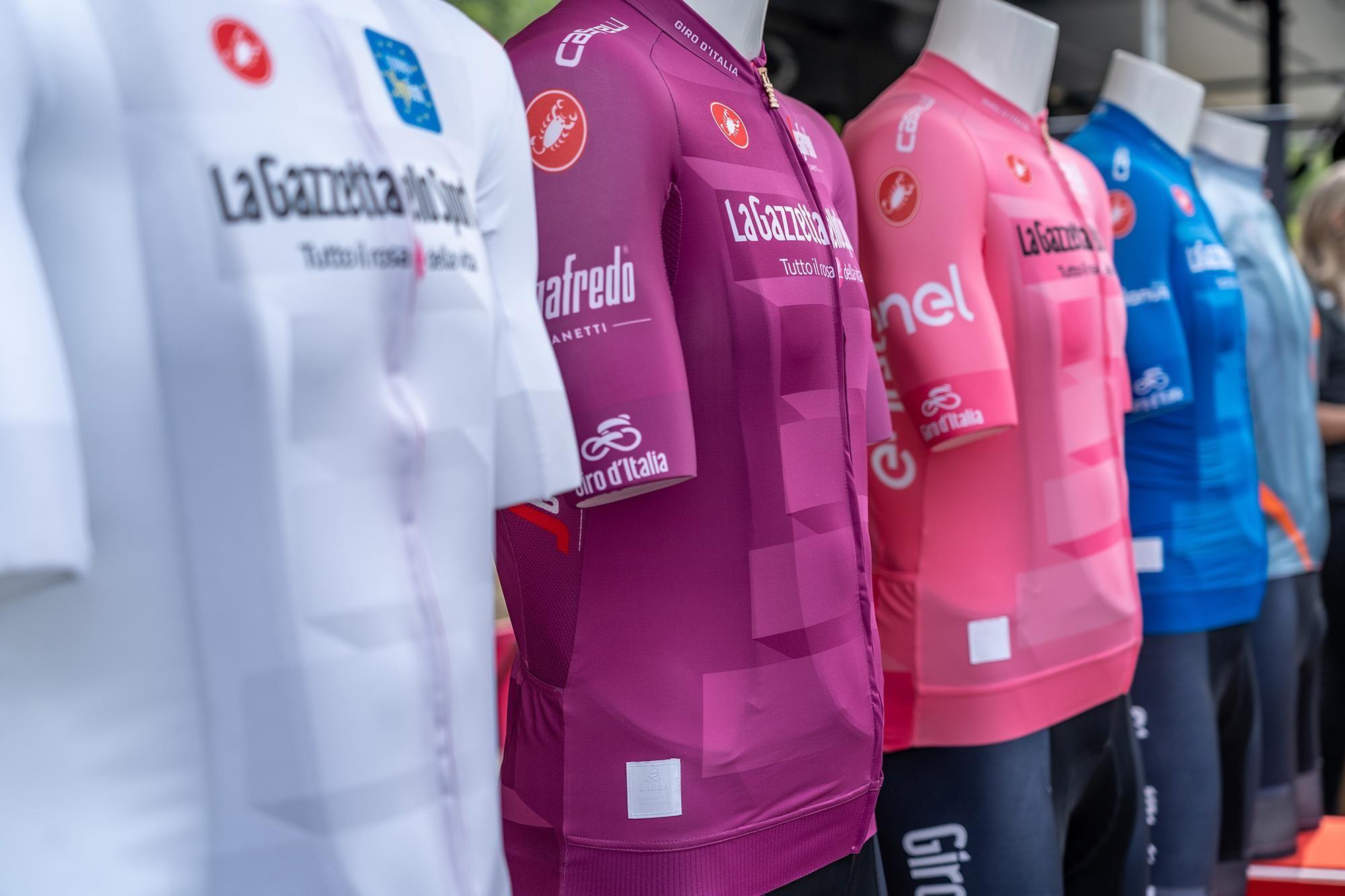
What do the different jersey colours awarded during the Giro represent?
At the end of each stage, the unique coloured jersey for each category goes to the leader of that classification, and the rider earns the right to wear it for the next stage.
The Maglia Rosa - or the pink jersey - is the most sought-after jersey in the Giro d'Italia and will ultimately be worn by the overall winner.
The blue jersey, or Maglia Azzurra, is the King Of the Mountains jersey. Unlike the KOM jersey at the Tour de France and La Vuelta, it is not a polka-dot jersey but a completely royal blue colour awarded to the rider who accumulates the most points by racing to the summits first. Earning the 'Cima Coppi' award, named after the great Fausto Coppi, is also a significant advantage, giving the rider 50 points for summiting the highest point in the entire race first.
The best young rider's white jersey ('Maglia Bianca') gets awarded to the best rider under 25. In the past, the youngest rider has also been the race's overall winner.
The best team classification is calculated by adding the time of the three highest-placed riders wearing pink numbers.
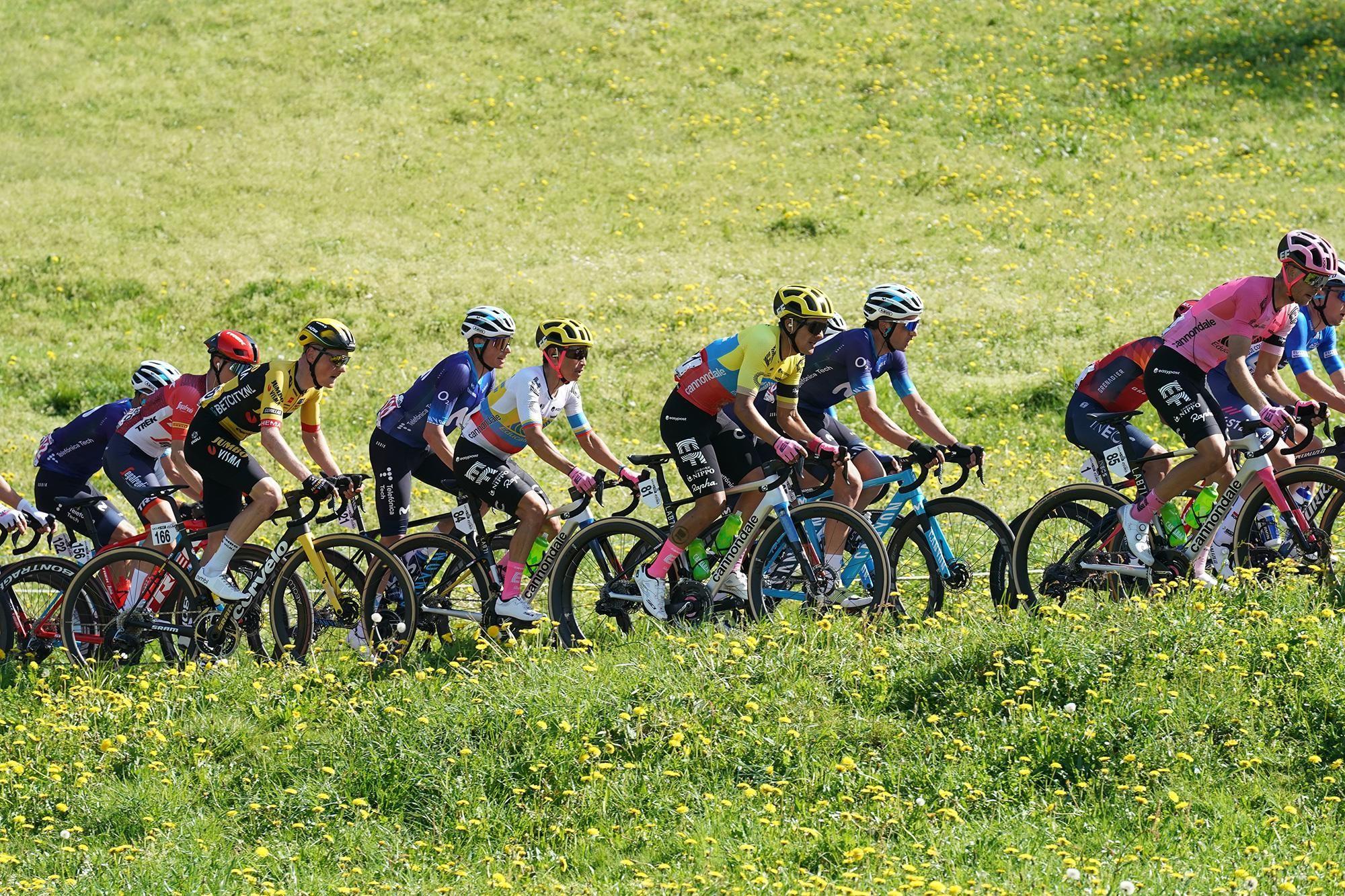
Key and iconic stages from the Giro 2024 that you can ride on ROUVY
Below are some of the iconic climbs from this year’s Giro that you can ride any time on ROUVY and build into your training schedule or even ride on the same days the pros ride these climbs. Why not tackle these routes before the coverage and watch the Giro stage later while relaxing with a well-deserved pizza, spaghetti gelato or Italian salad, or climb and watch simultaneously for extra motivation? Searching for a route and planning your ride is easy on ROUVY! Challenge yourself on these routes in the latest Bella Italia Spotlight!
Stage 15 - Mortirolo, 13km, 911m
The Mortirolo, or Passo della Foppa, is a renowned and iconic climb in Lombardy, Italy. The climb in the Giro of 2024 starts from the southeastern side near Monno and has challenging gradients that average around 7%. This route is relatively unknown, while the more famous climb from Mazzo di Valtellina is notorious for its brutal and leg-shredding gradients, averaging 10%.
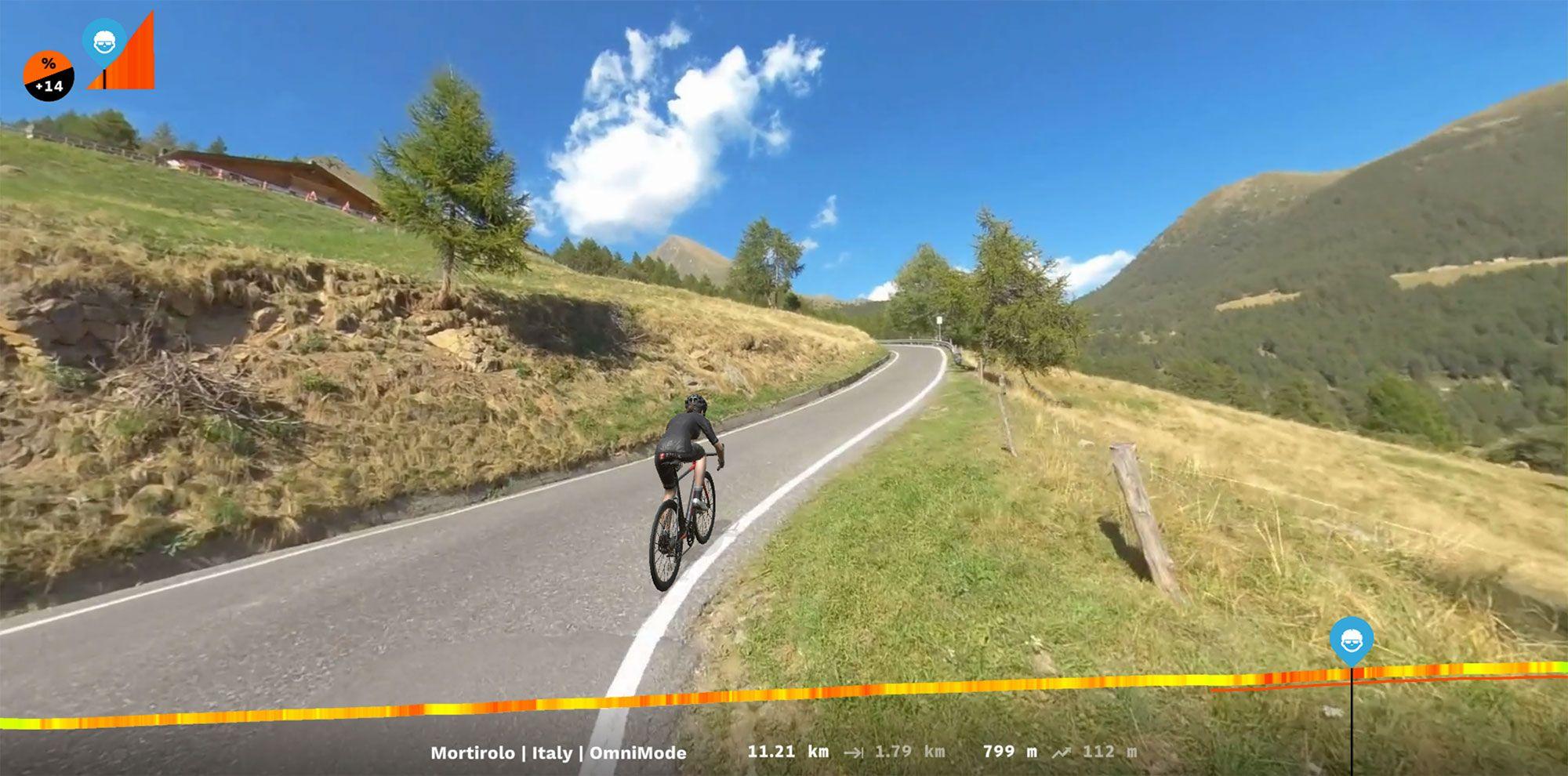
The Mortirolo, from any side, is a must-do on every enthusiastic cyclist's iconic climbs bucket list. The four sides include the brutal and famous Mazzo di Valtellina, the Grosio, Edolo, and Tovo di Sant'Agata, which are challenging but less steep.
Several famous cyclists, including Marco Pantani, Gilberto Simoni, Ivan Basso, and Fausto Coppi, have won at the Mortirolo Pass summit.
Stage 16 - Passo Stelvio - 20km, 1483m
The Passo dello Stelvio needs a minimal introduction. It’s always a focal stage in a Giro d’Italia and a spectacular bucket list climb you must experience in the Italian Alps that cyclists dream of climbing. The road from Prato leads up the demanding but relatively even 48 hairpins carved out of the mountain, zig-zagging up into the distance.
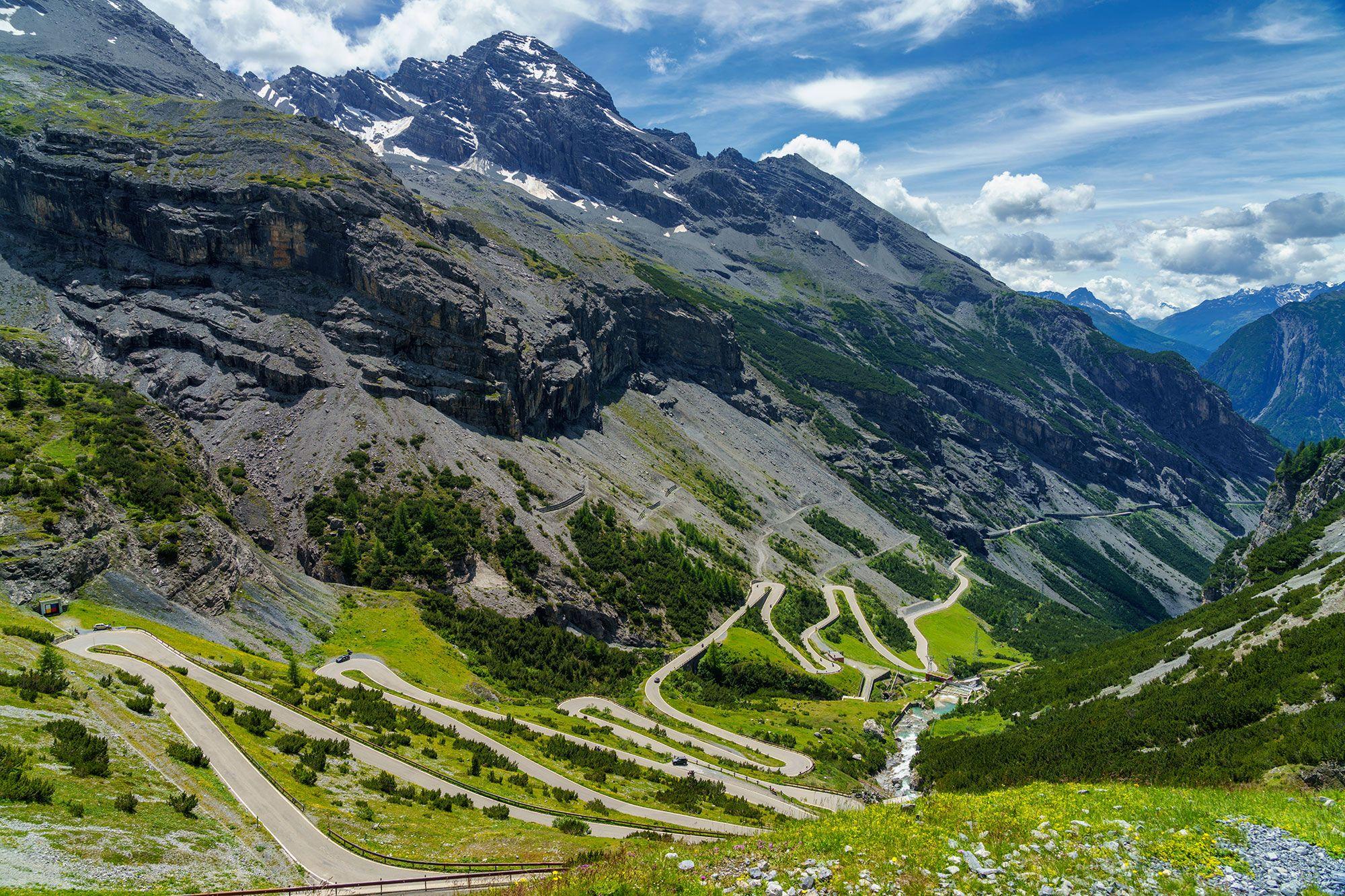
Apart from this classic route, there are also two other famous ascents to reach the Stelvio summit: one just over the Swiss-Italian border heading up the Umbrail Pass, the highest paved road in Switzerland, or you can approach from the Bormio side.
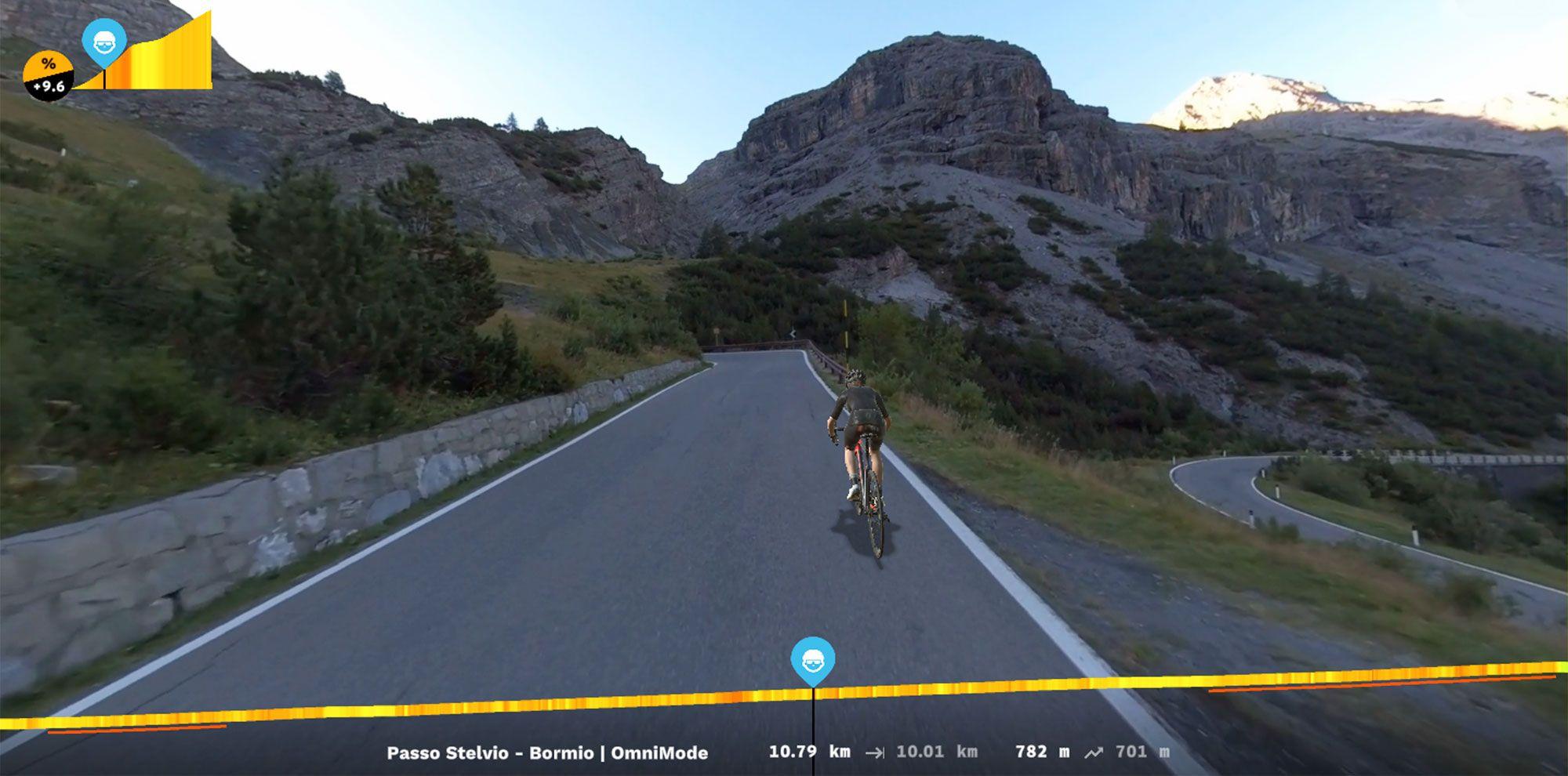
The Stelvio has a rich history in pro cycling, with many famous riders winning stages or whole races on its iconic and scenic slopes. Such legendary moments included Andy Hampsten's heroic ride in the 1988 Giro d'Italia, in which he braved snowstorms and sub-zero temperatures to win the stage and, ultimately, the race. Other famous cyclists who have won the summit finish include Fausto Coppi, Marco Pantani, and Eddy Merckx.
The Giro 2024 will approach the Passo Stelvio from the Bormio side, and you can make a goal of it and ride it yourself, including the other Stelvio climbs available on ROUVY!
Stage 17 - Passo Sella, 10km, 700m
Nestled in the breathtaking Dolomites of Italy, the Passo Sella can be reached with a short and scenic drive up a steep, winding, narrow mountain road from the charming Selva di Val Gardena village.
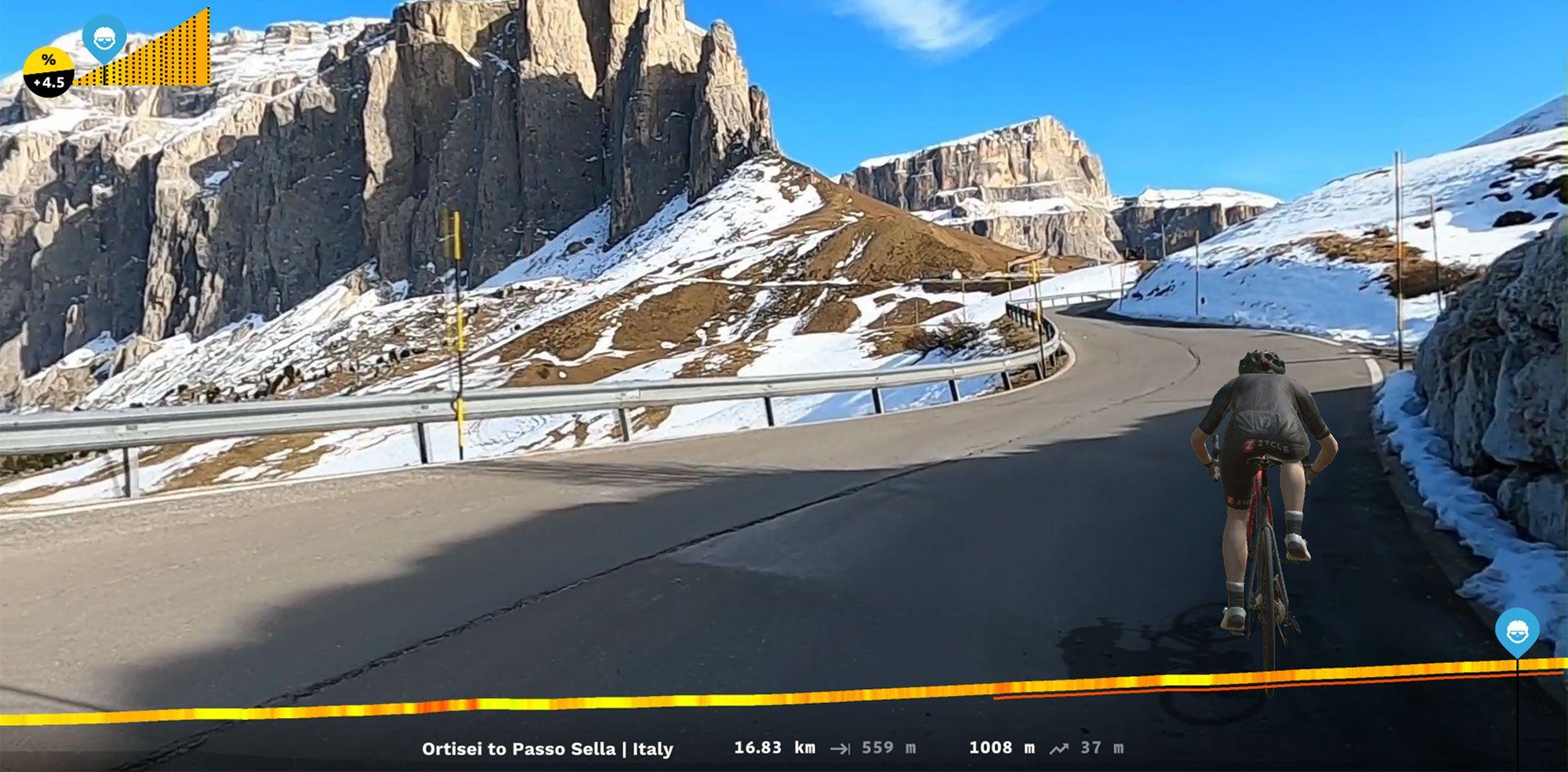
Passo Sella is famous for being an essential climb in many important cycling races, including the Giro d'Italia and the Maratona dles Dolomites. The Maratona dles Dolomites is an annual single-day road cycling race covering seven Dolomites mountain passes, which includes the 55 km Sellaronda Course. In the winter, it is also notable as a popular ski destination.
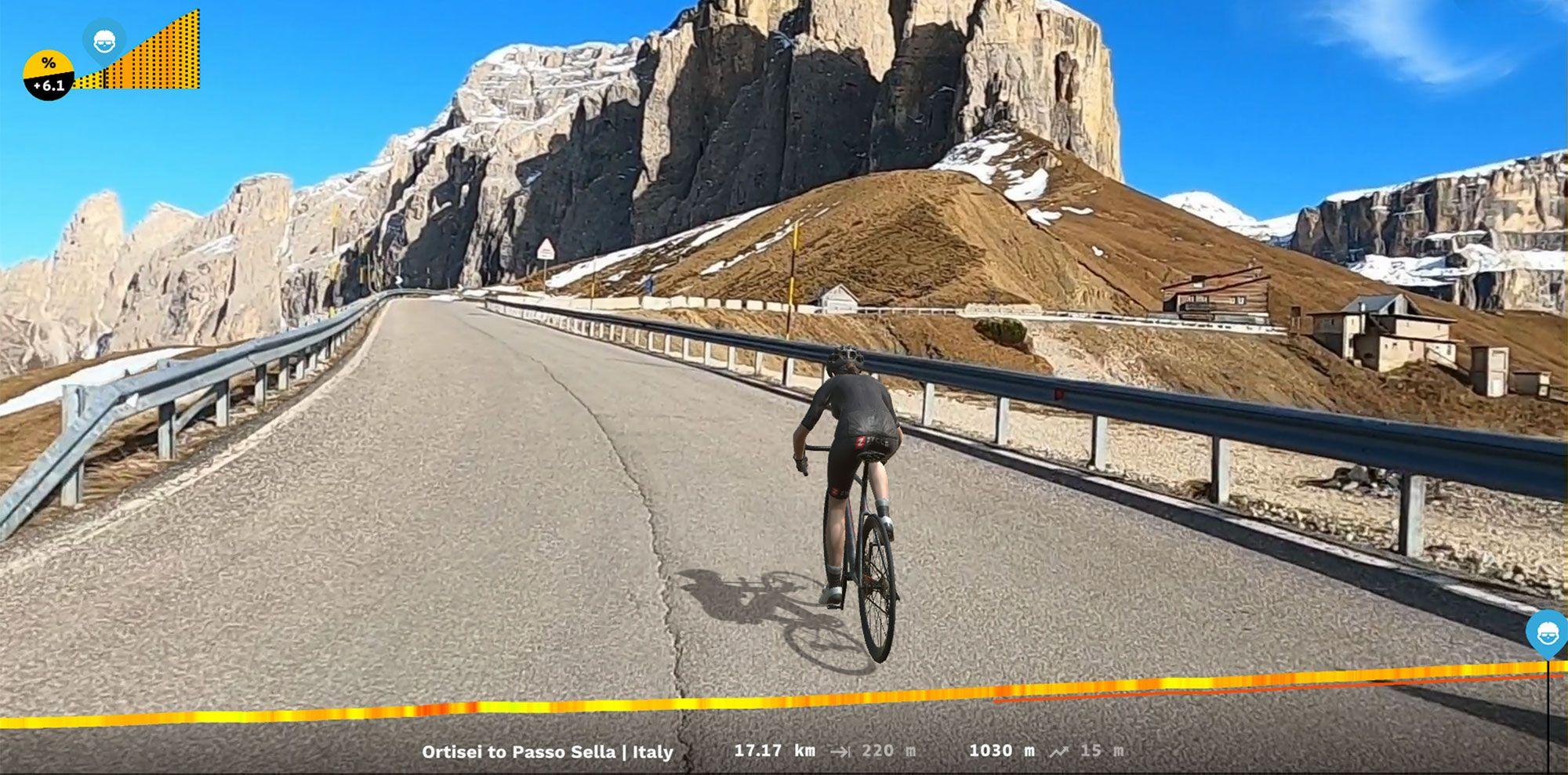
Begin your ascent in the Dolomites in northern Italy up the famous Passo Sella from Ortisei via Plan de Gralba, with picturesque pastures and alpine scenery towered over by the immense Sassolungo range to your right and the Sella range to your left.
Stage 20 - Monte Grappa, 20km, 1500m
Monte Grappa is an iconic mountain in Italy's Veneto region that has been a part of cycling history. It was the site of battles during World War I and a military hospital. In 1918, Italian soldiers cycled to the summit to celebrate the end of the war, and since then, it has become a popular destination for cyclists seeking a challenging climb. It has been featured in the Giro d'Italia and is also the challenge for any rider who can complete all ten ascents to its summit within a year, called the Brevetto del Monte Grappa.
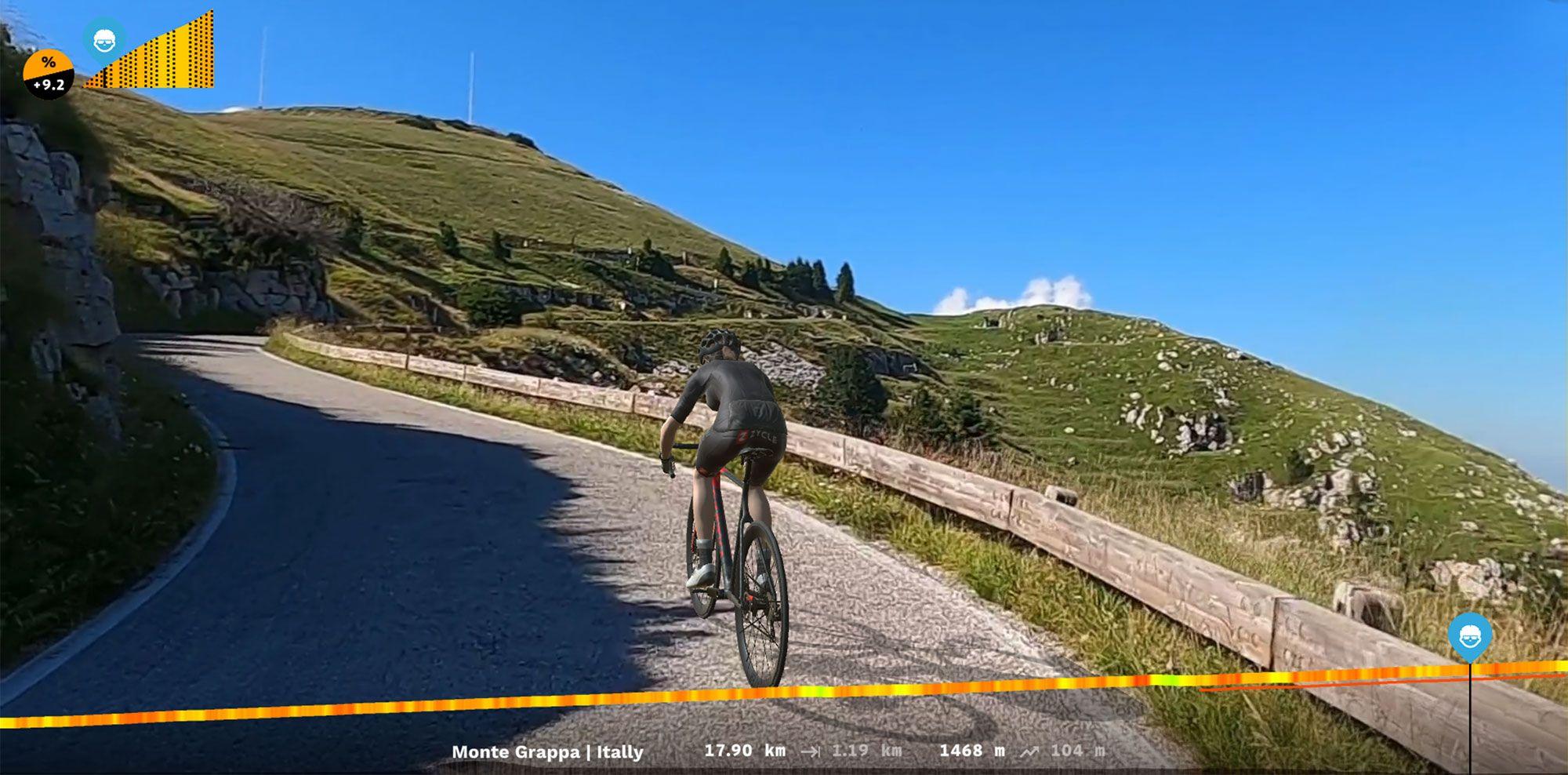
The Monte Grappa Bike Day has also become a famous annual cycling event, allowing riders to tackle one of these climbs on traffic-free roads. The non-competitive event covers many kilometres of challenging terrain in an environment dedicated only to cyclists, just two days before the peloton will have its turn and tackle it in Stage 20 of the Giro this year on Saturday, May 25th. Monte Grappa last appeared in the Giro in 2014. The ascent comprised most of an individual time trial won by Nairo Quintana starting in Bassano del Grappa.
The stage will be the penultimate, over 175 kilometres, with a finish in Bassano del Grappa, including a double ascent up the gruelling Monte Grappa and a descent to the finish line.
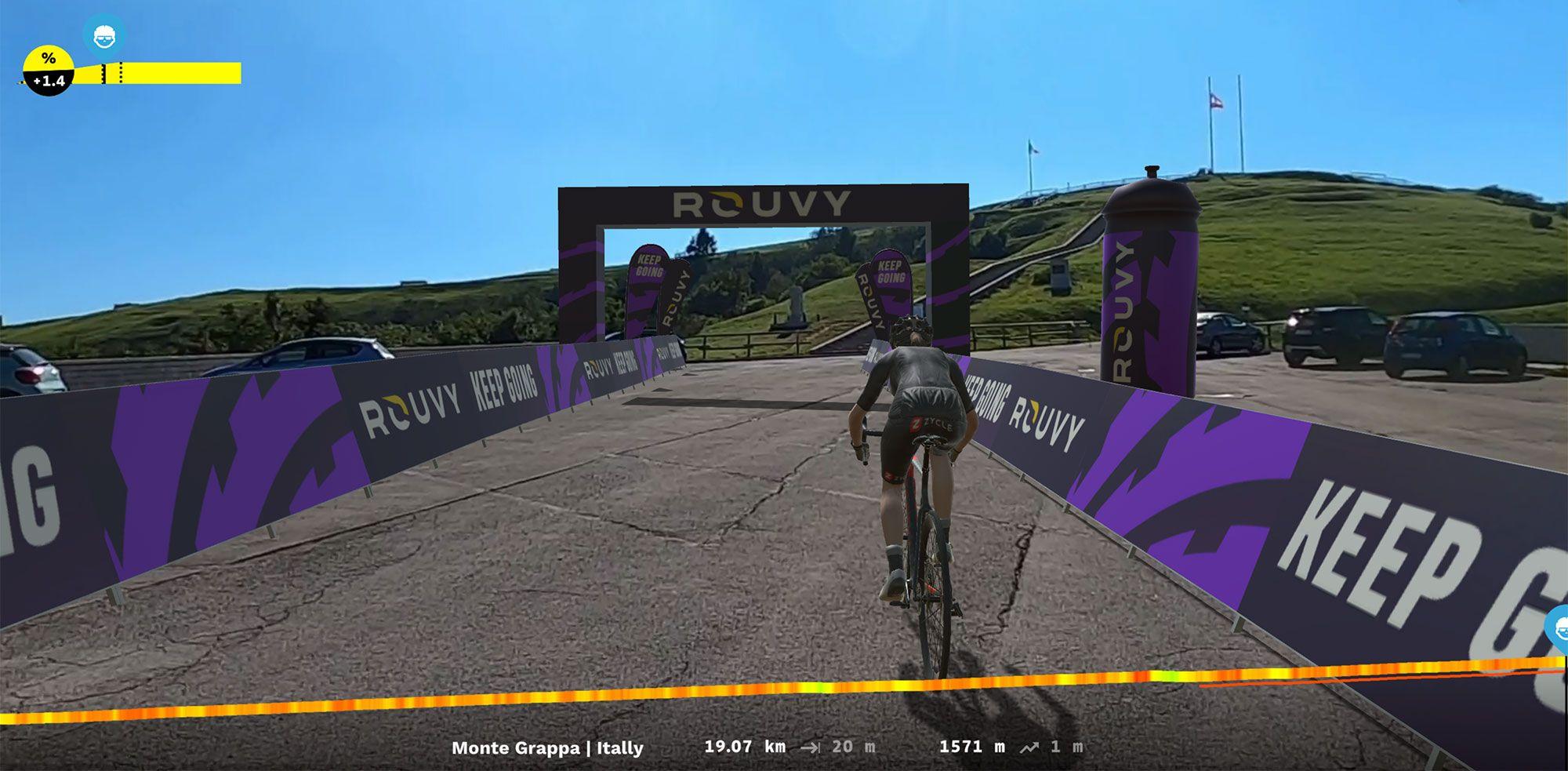
Your Italian Climbing prep
When attempting challenging climbs considered iconic, being in your best possible form is essential. To condition your climbing muscles and lower back, it is suggested that you do prior climbing training. Additionally, having good baseline fitness can help you in completing these climbs. To prepare yourself in advance, you should:
- Bring your 'A' game.
- Do a good warm-up.
- Use appropriate climbing gear depending on the gradient.
- Ensure you have enough water and nutrition before and during the climb.
- Use a high cadence to ward off compounded fatigue in your legs.
- Find your rhythm, breathe, and relax. Embrace the climb.
One great idea for your ride is to install compact gearing. These gears are ideal for steep and continuous climbs. Maintaining a high RPM to conserve your leg strength for the latter part of your ride is better. If you need to shift down, it's possible to do so. However, if you require an easier gear to shift to, starting in a gear that is too hard with a low cadence can cause your muscles to tire or cramp, and you might not be able to finish. Keep a positive attitude! Focus on enjoying the scenery, monitoring your heart rate and breathing, and conservatively pacing yourself.
Feel what riding on these routes that cycling legends have historically battled would be like. Take advantage of this chance to push yourself to the limit and experience the excitement of cycling in Italy!
